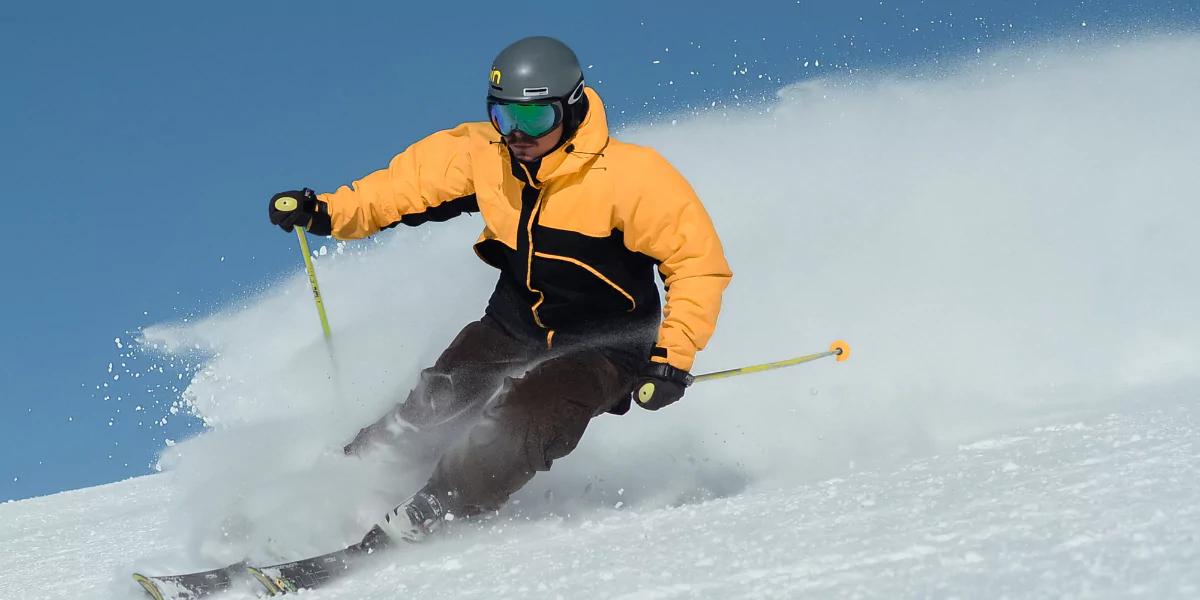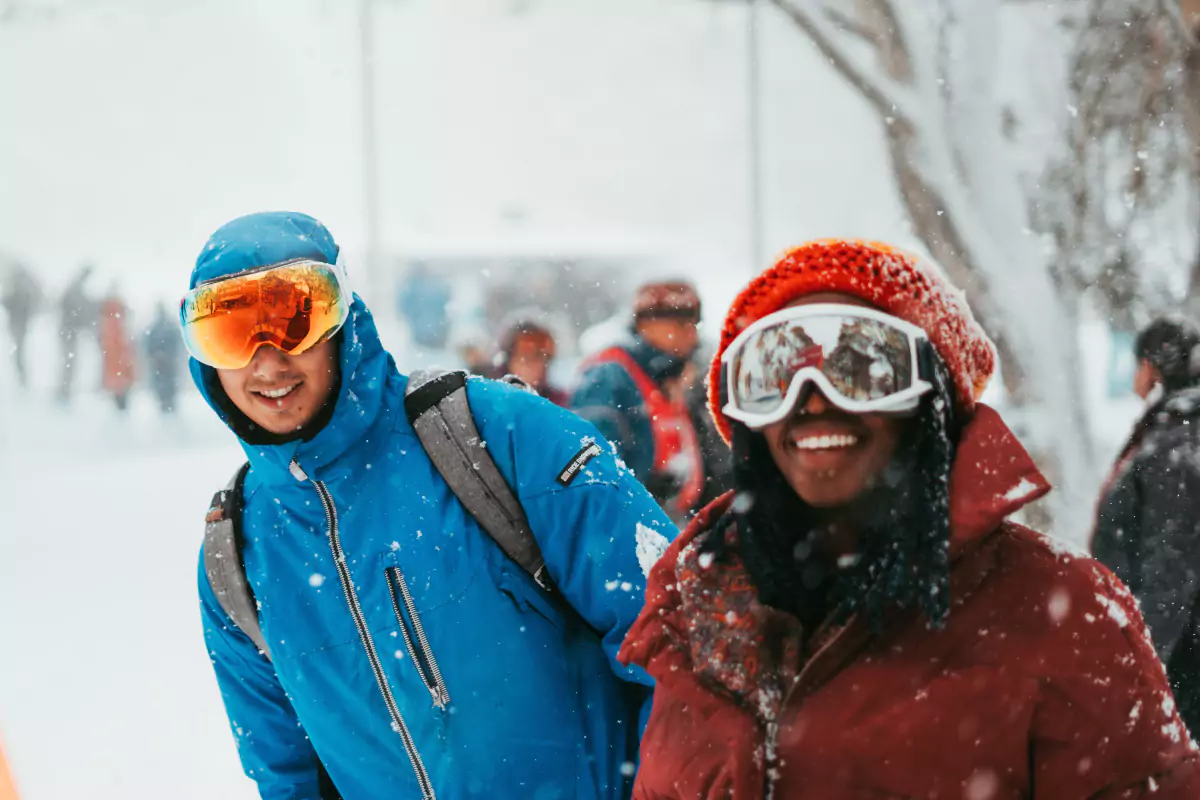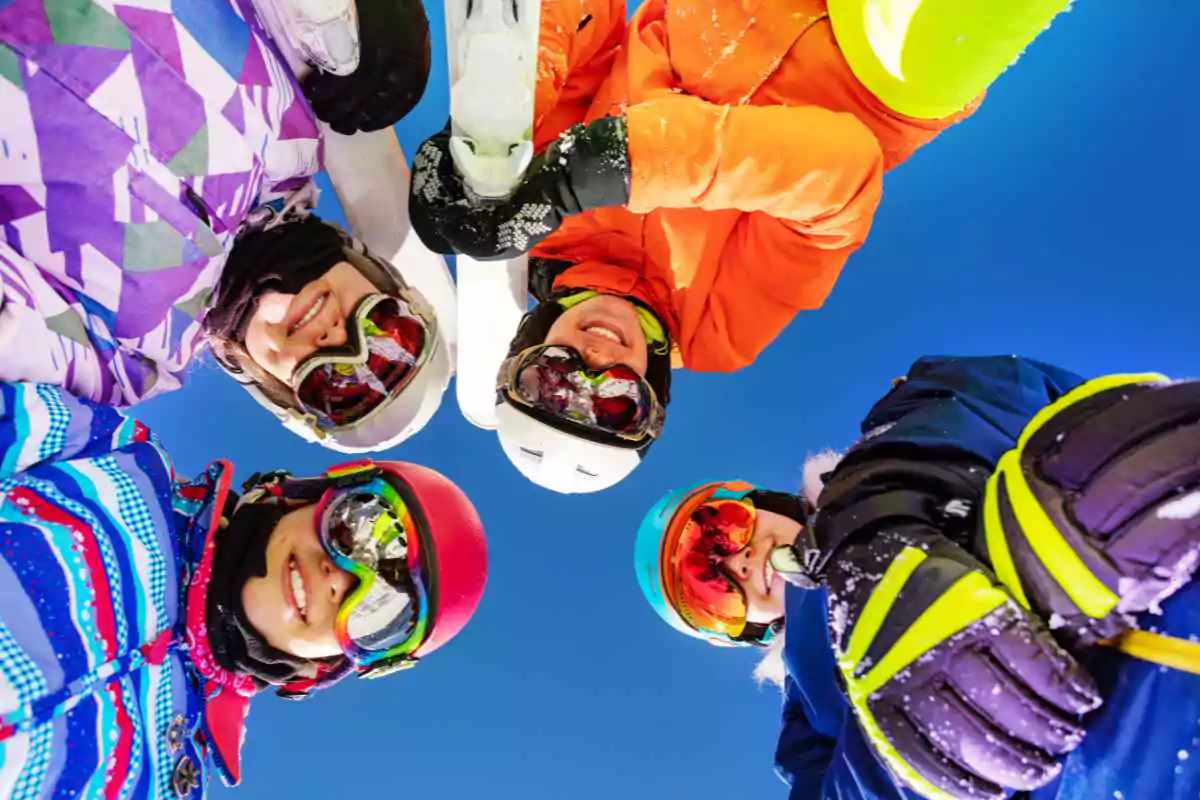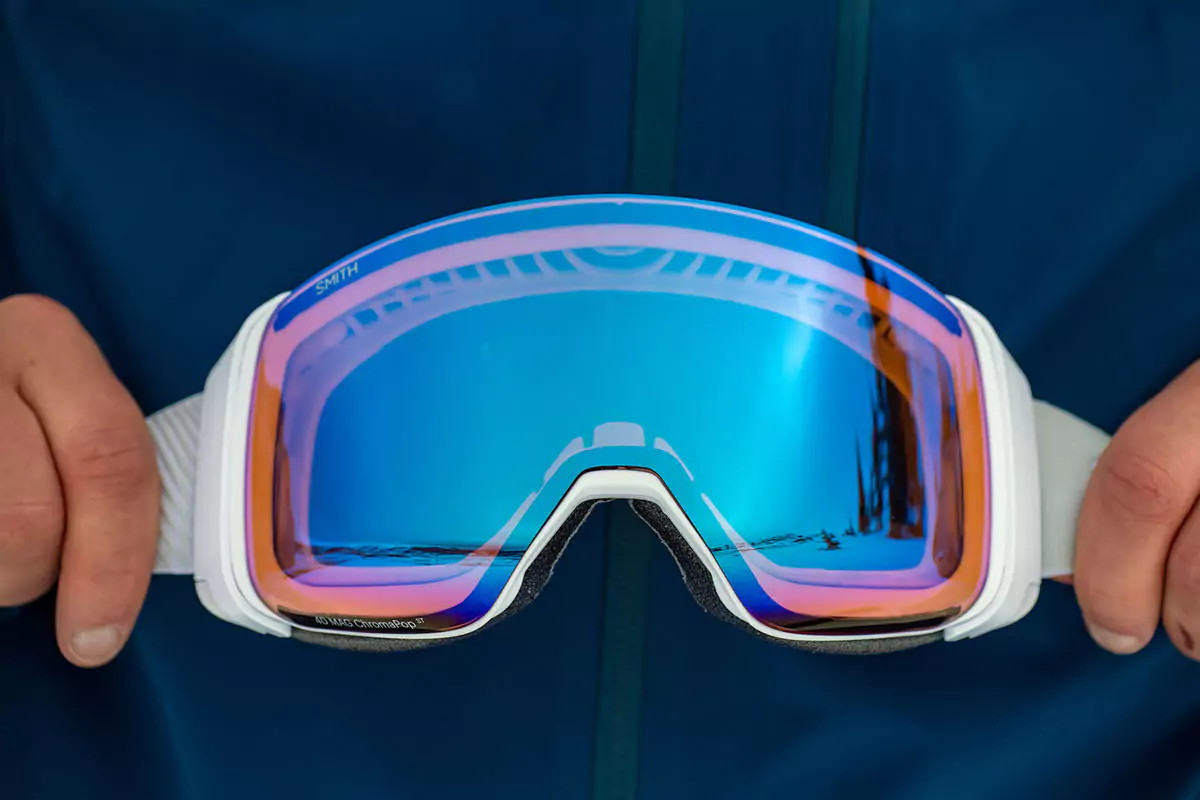How to Choose Ski Goggles
Are you planning a skiing trip soon? Then you need the right pair of goggles to protect your eyes and help you see clearly on the slopes.
With so many choices, you may not know where to start.
But don’t worry. We’ve got you covered.
In this article, we’ll guide you through some important factors to consider when choosing goggles for skiing, so you can make an informed decision and enjoy your time at the top.
Why do I need proper ski goggles for the slopes?
A good pair of ski goggles are crucial for a few reasons.
Firstly, skiing can expose your eyes to harmful UV rays from the sun.
This could lead to discomfort and long-term damage, such as cataracts and age-related macular degeneration.
Good quality goggles offer UV protection to keep your eyes safe and healthy.
Secondly, skiing often means dealing with bright sunlight reflecting off the snow, which can cause glare and make it tough to see.
Proper goggles should help reduce that glare, giving you a clearer view and preventing eye strain.
Lastly, skiing in cold, windy conditions can be tough on your eyes, making them dry and irritated.
Goggles create a barrier that helps keep your eyes warm and dry, as well as prevents any snow from getting in your eyes.
Will lens tint affect my vision and the level of protection my goggles provide?
Different lens tints affect how much light passes through the goggles, which in turn influences visibility and comfort. Some common tints include:
- ClearThese are great for low-light conditions or night skiing, as they let in the most light.
- Yellow/orangeThese tints enhance contrast and depth perception, making them a good choice for overcast or flat light conditions.
- Rose/pinkSimilar to yellow/orange, these tints enhance contrast and are great for cloudy or partly sunny days.
- GreenGreen lenses reduce glare and are ideal for sunny days with moderate to bright light.
Lens color can also impact visibility.
Generally, darker colors like gray or brown provide better protection against bright sunlight, while lighter colors like yellow or rose are better for enhancing contrast in low-light conditions.
Some goggles come with extra features like polarized lenses, which reduce glare and improve visibility, or lenses with additional UV protection.
These features can be especially helpful on bright, sunny days.
Make sure your ski goggles fit well and are comfortable
You’re likely going to wear your ski goggles for hours on end, so they’ve gotta fit well and feel comfortable too.
Here are some things to consider:
1. Proper fit
A good fit is essential for ski goggles.
On the other hand, a poor fit may lead to discomfort, gaps, or fogging.
To get the right fit, make sure the goggles sit snugly against your face without putting too much pressure on your nose or cheeks.
You should also make sure that the strap is secure without being too tight.
2. Goggles size and your face shape
Goggles come in different sizes to fit different face shapes.
If you have a small face, look for smaller goggles that won’t overwhelm your features.
Meanwhile, larger faces require more coverage, so you’ll want to get bigger goggles.
3. Foam and padding options
The foam and padding inside the goggles play a big part in dictating how comfortable they can be.
Some goggles have thicker foam for extra cushioning, while others have thinner foam for a lighter feel.
You can also choose between different materials like memory foam or hypoallergenic foam.
4. Helmet compatibility
If you wear a helmet while skiing (which we highly recommend!), make sure the goggles are compatible with your helmet.
Some goggles have a specific shape or design that works better with certain helmets, so it’s worth checking before you buy.
What you like also matters!
Not everyone has the same needs regarding ski goggles.
Some people prefer a wider field of vision, while others prioritize comfort.
Think about what’s essential and what you need from your goggles for the best experience on the slopes.
Also, the environment you’ll be skiing in can affect your choices.
If you know that you’re going to ski in bright sunlight, you’ll want lenses with a darker tint to reduce glare.
On the other hand, if you’re skiing in low-light conditions, you may want goggles with a lighter tint to help you see better.
Trying on goggles before buying them is crucial as well.
When you do this, you can see how they fit, feel, and look on your face.
Don’t be afraid to try on a few styles to find a pair that truly feels right.
Psst: Speaking of trying on eyewear, you can try on all Mouqy prescription glasses virtually with our try-on tool.
Look out for additional helpful features as well
If you can afford to splurge a bit more for your ski goggles, here are some additional features to look out that can enhance your time on the slopes.
1. Anti-fogging technology
Fogged-up goggles can be a real hassle on the slopes.
To prevent this, look for goggles with anti-fogging technology.
This either means lenses that are equipped with a special coating or a ventilation system that reduces fogging.
2. Ventilation systems
Some goggles have built-in ventilation systems to keep your face cool, as well as prevent fogging.
Look for goggles with strategically placed vents that allow for airflow.
You can also opt for interchangeable lenses, which you can switch out depending on the weather conditions.
When it gets cloudy, you can switch to a lighter tint for better visibility.
And when the sun comes out, switch to a darker tint to protect your eyes.
It’s like having multiple goggles in one.
Other goggles have adjustable straps or extra padding for added comfort.
The right goggles can make skiing safer & more enjoyable
In short, goggles are essential for skiers, whether you’re a beginner or expert.
Remember to take your time when choosing ski goggles.
Consider the lens color, tint, fit, and your personal preferences.
Before purchasing, make sure you try on and compare between a few goggles at least.
With the right pair of ski goggles, you’ll be able to enjoy your time on the slopes with clear vision and maximum comfort.

Written by:
Phoebe Jade














